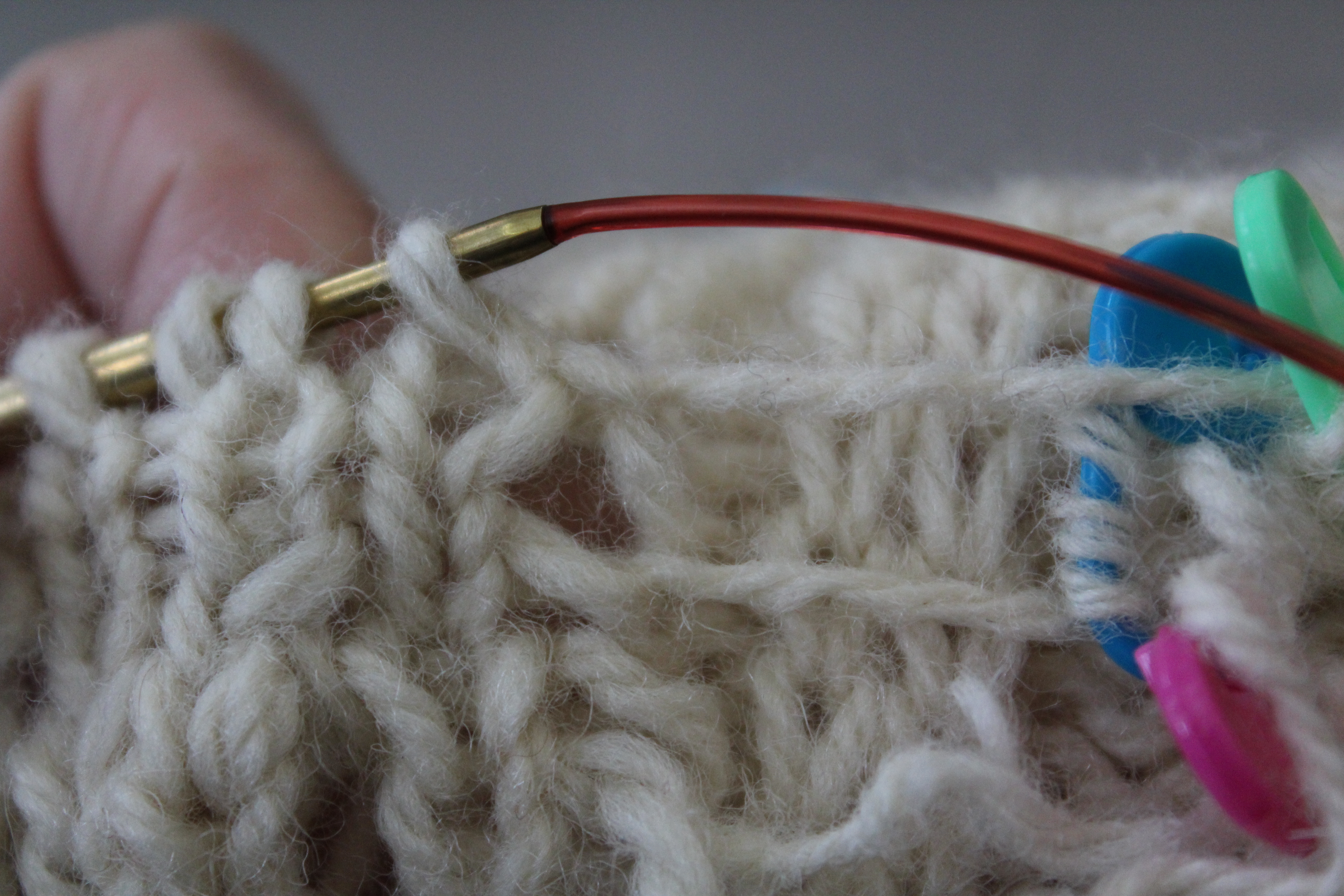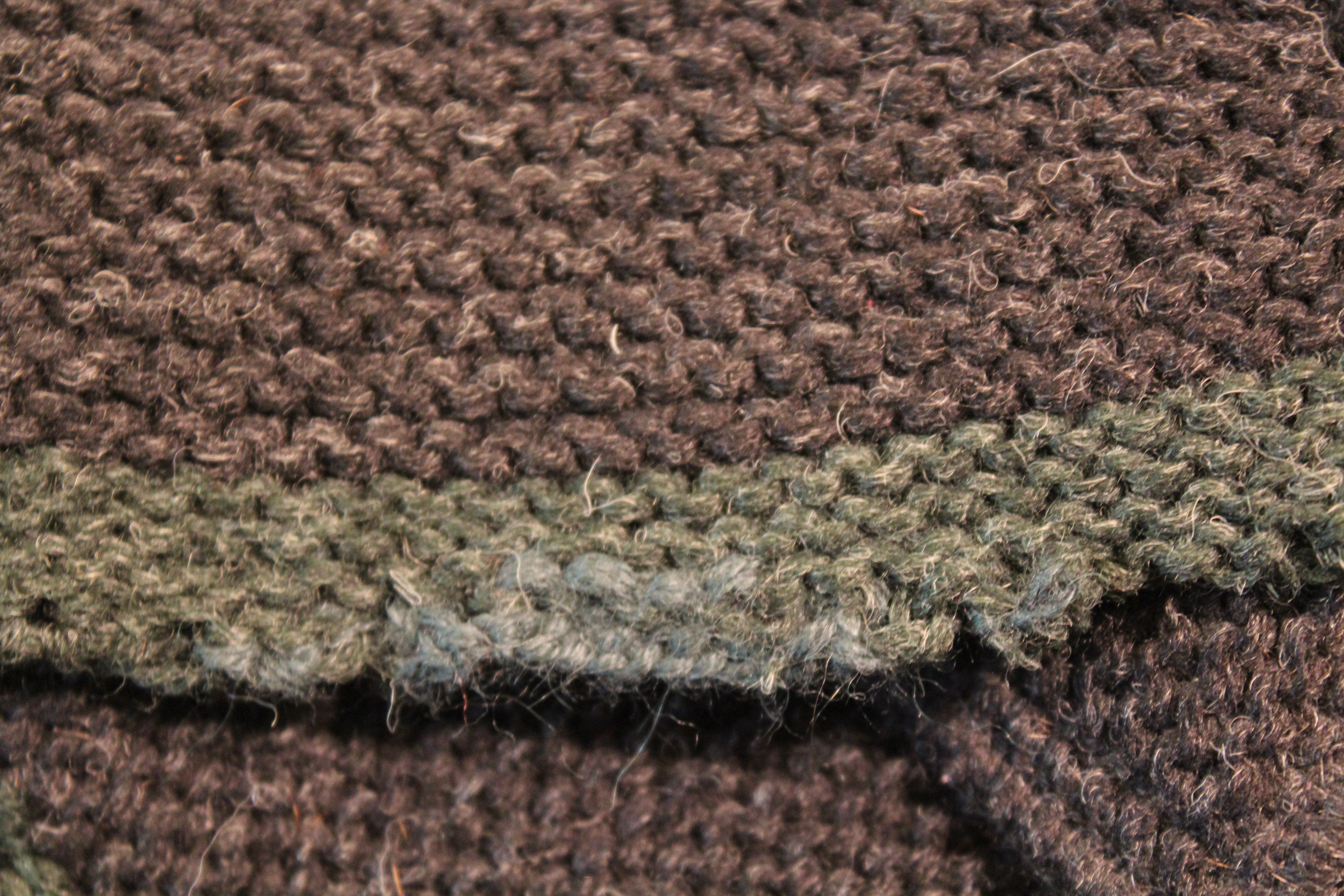Hello from the Turtle Household!
Monday marked the end of my self-imposed maternity leave. I’ve been taking the last month to sort through emails and triage what I needed to do for the business. If everything goes as planned, the remainder of August and the month of September will be marked by an increased amount of activity as I learn what the new normal for the business and our family is.
The intent is to begin to contact individuals on the waiting list for finishing and repair services and begin taking in items again. I’m so looking forward to burrying my hands in yarn!
I’m hoping for the ability to return to a little more blogging, a few news emails if you’re on the newsletter, and a somewhat regular teaching schedule. We’ll see how ambitious this will be!
Meanwhile, I’ll leave you with this picture, of a project I worked on during my maternity leave for an article that will be published later this year.

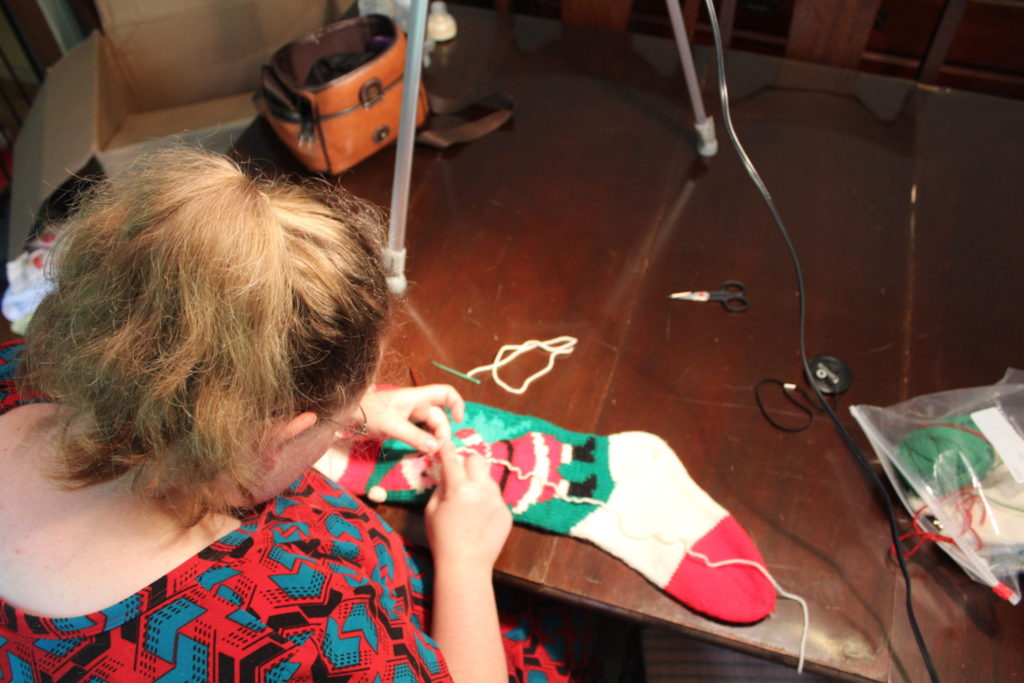
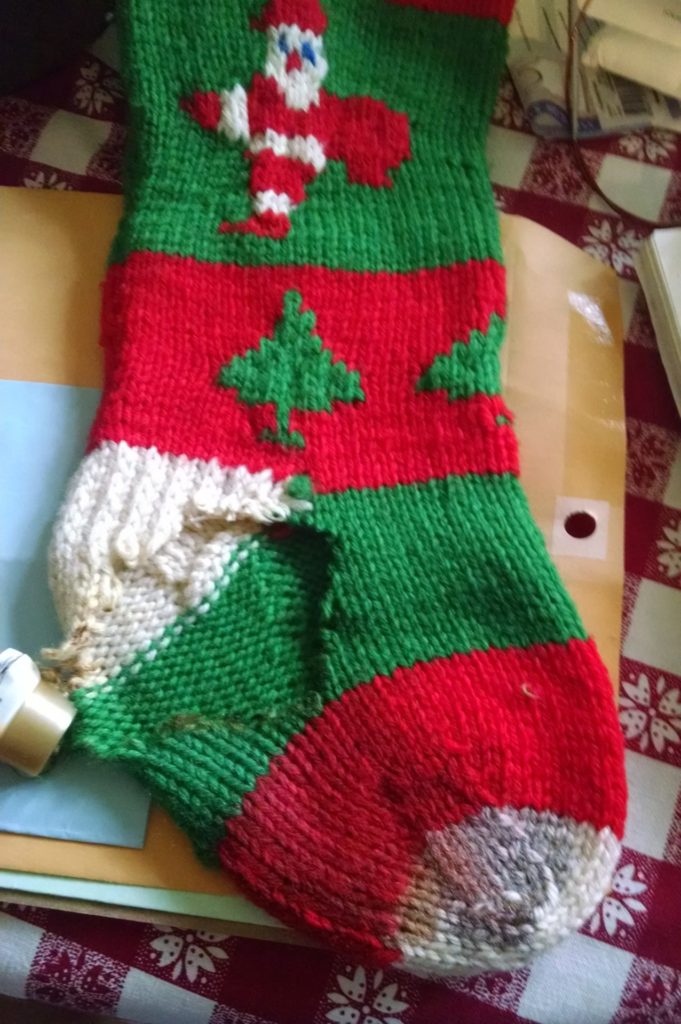
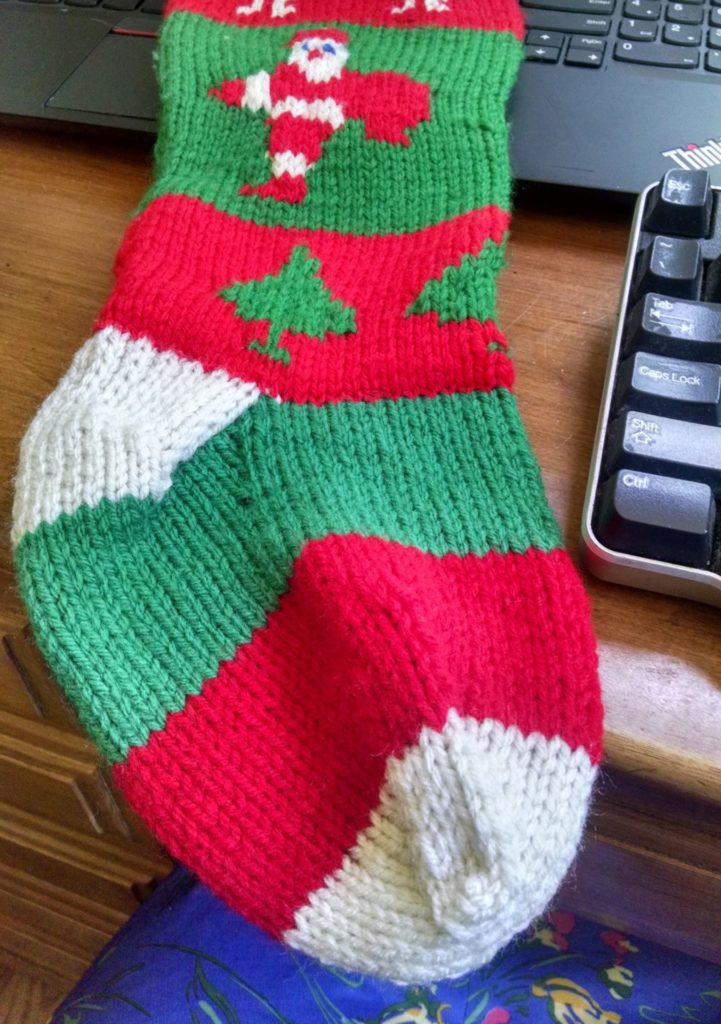
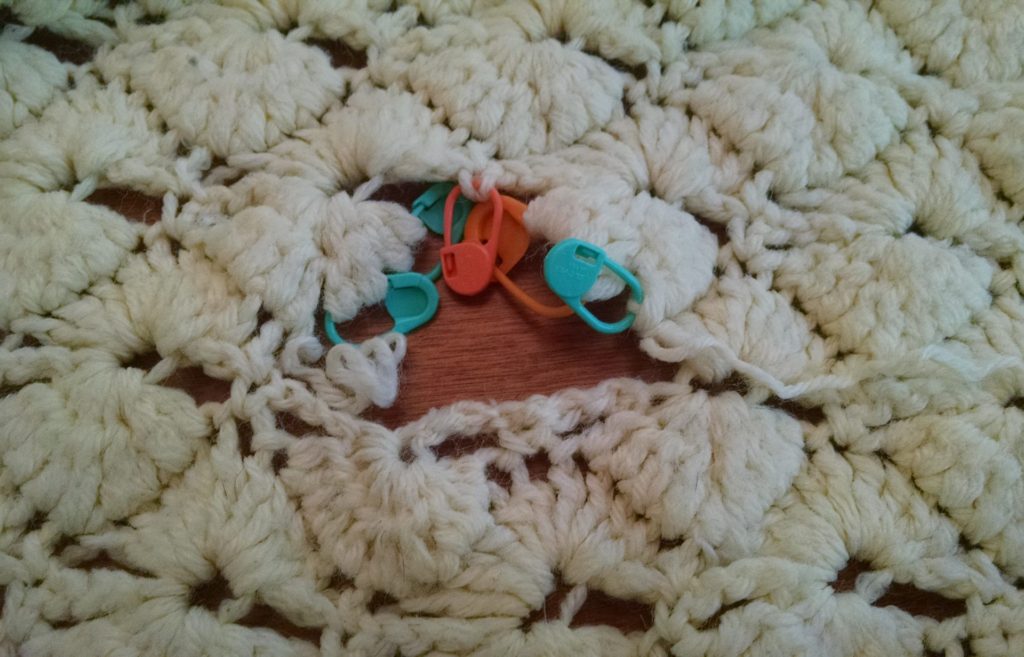
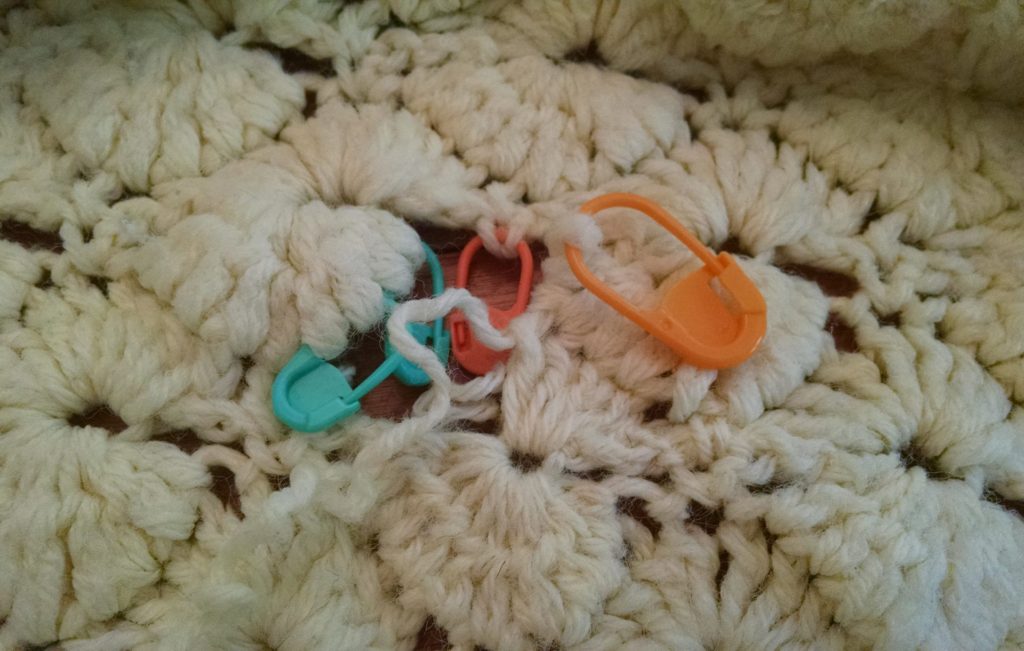
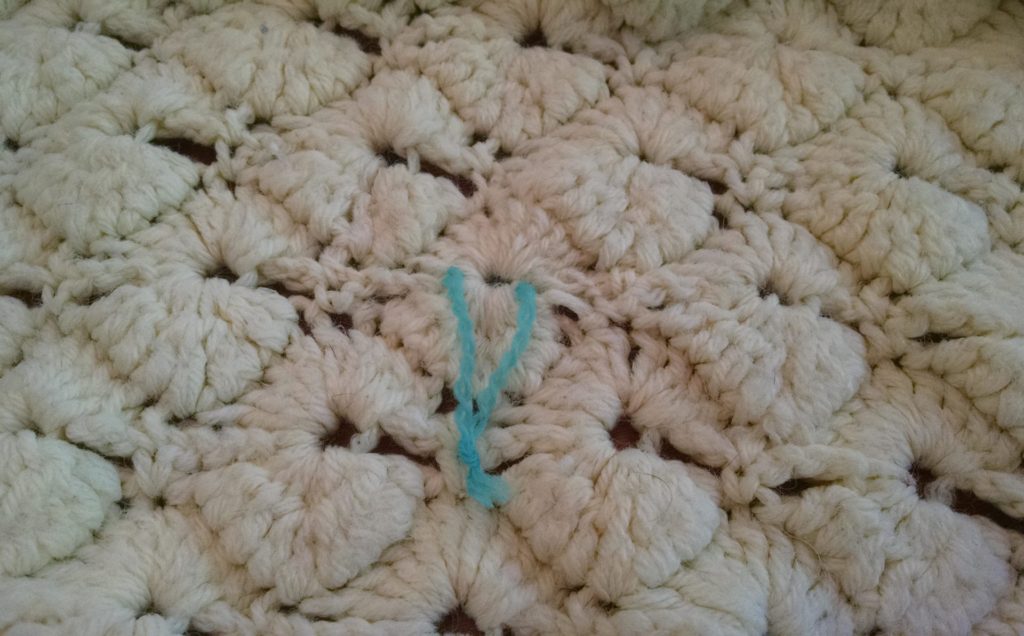
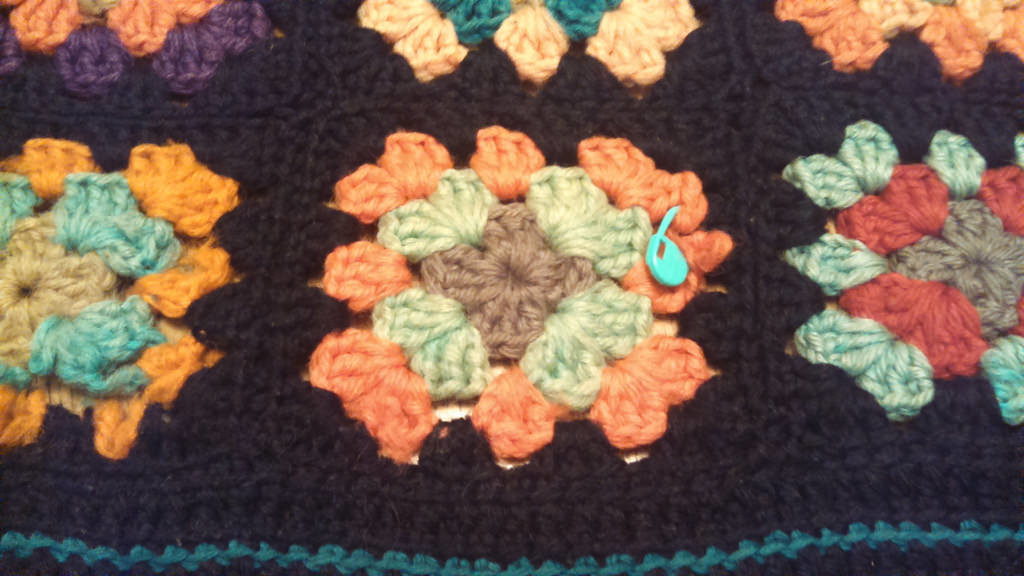
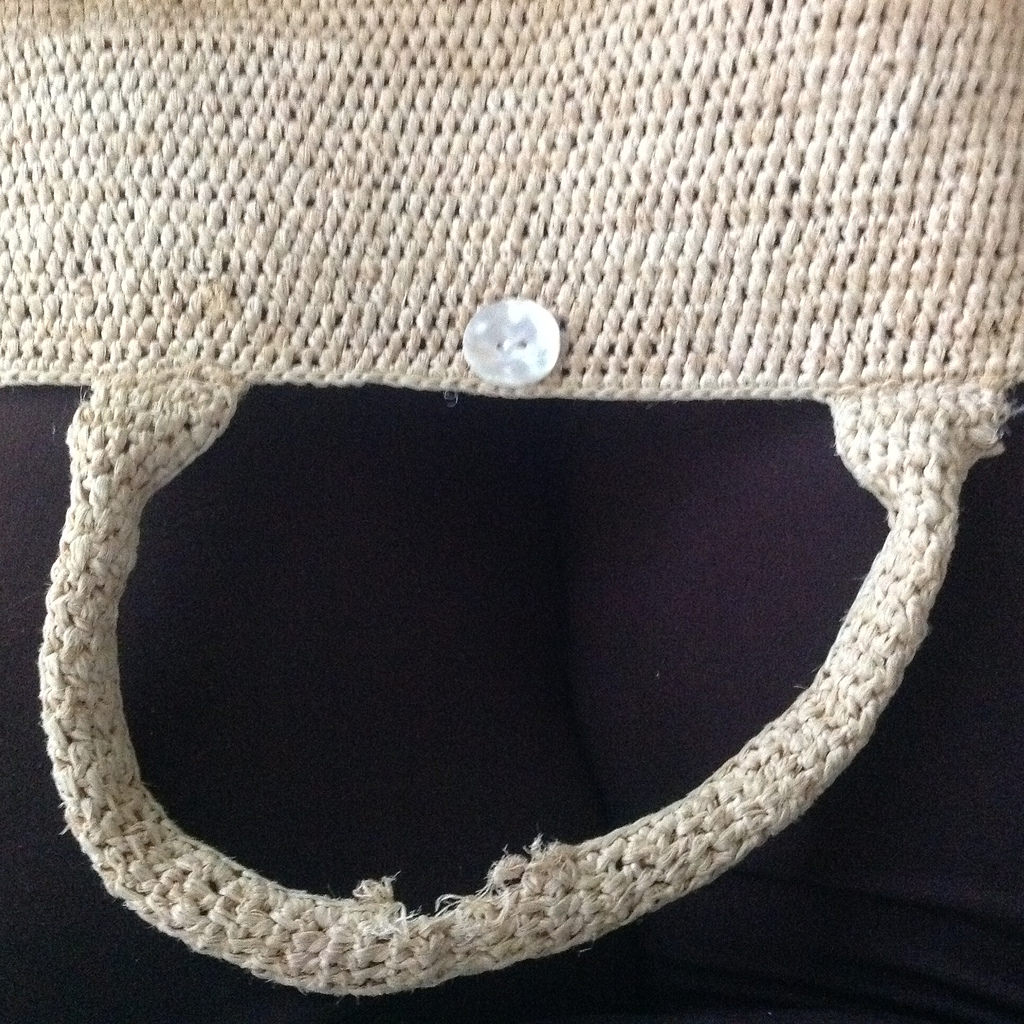 Meanwhile, I’m also looking at the practical part of the project. How damaged is the item? How widespread is the wear? Would attempting to fix the item hurt things further? When I’m looking into this I’m often learning about the history of the item: if it was stored in a place where a lot of sunlight, heat or humidity could get to it, the fibers may be damaged. Are the places where wear is showing from use – such as worn out fingers on mittens, or a handle on a bag becoming worn, or because of a different factor? Often the answers form the type of repairs I can do – mittens that are going to get further wear over each winter are going to receive different treatment than a Christmas stocking that’s taken out once a year.
Meanwhile, I’m also looking at the practical part of the project. How damaged is the item? How widespread is the wear? Would attempting to fix the item hurt things further? When I’m looking into this I’m often learning about the history of the item: if it was stored in a place where a lot of sunlight, heat or humidity could get to it, the fibers may be damaged. Are the places where wear is showing from use – such as worn out fingers on mittens, or a handle on a bag becoming worn, or because of a different factor? Often the answers form the type of repairs I can do – mittens that are going to get further wear over each winter are going to receive different treatment than a Christmas stocking that’s taken out once a year.